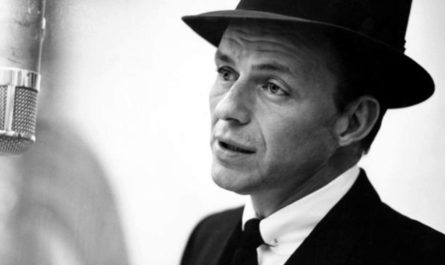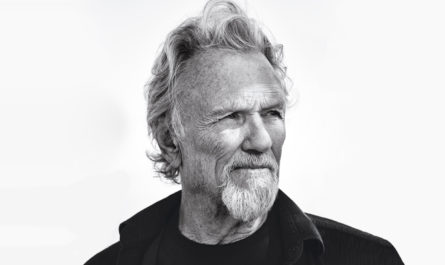HANK WILLIAMS: September 17, 1923 – January 1, 1953
There are a few influences in my life so large that writing about them is nearly-impossible: Hank Williams, Jack Kerouac, Elvis, Sinatra, Neal Cassady, Otis Redding… Influences who affected me in so many ways that each would deserve numerous days to accurately define the ways in which the touched me. For Hank Williams, though, it always starts at the heartworn sound of his voice. Not “heartbroke”, necessarily, though he did have his fair share of those moments. Just “heartworn”. His was a heart that was tired and worn out from feeling too much. From singing from a frail body that was tired and worn out from drinking and popping pills to try to deny how much he was feeling. Ever spiraling downward – the way addicts do – until his final collapse in the backseat of a Cadillac on January 1, 1953. I’ve always enjoyed telling people who are not Hank Williams fans that he died at the age of 29; the shock of their reaction is always funny to me. “I thought he was, like, 100!” they invariably say. It’s a fair assumption; everything Hank sang sounded like it was coming from the weary soul of someone who had lived too, too many decades.
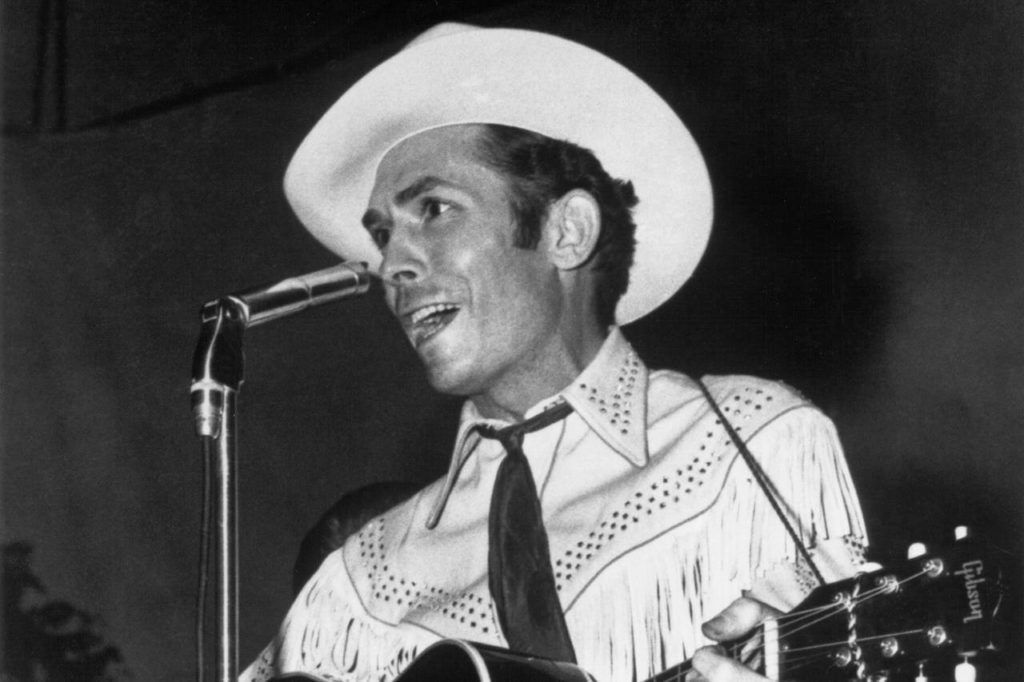
But that was not the whole of Hank’s influence on me. And so when given the opportunity to attend a wedding in Montgomery, Alabama almost twenty years ago, I was delighted at the possibility of visiting Hank’s grave. My fascination with the graves of people who have influenced me has always been a curiosity to those around me. I enjoy traveling all over central Ohio on Memorial Day to visit the graves of relatives. I enjoy putting wreaths on family members’ graves at Christmas. My wife and I spent the better part of a day wandering Père Lachaise Cemetery on our only visit to Paris, seeing the graves of Jim Morrison, Oscar Wilde, Edith Piaf, Constantin Brancusi, Henri Langlois, and Chopin – influences, all. When my best friend died in 1993, I found his grave to be an amazing source of comfort and reflection. Graves, I have come to believe, are not monuments to the dead. They are wellsprings of comfort for the living. Always-quiet places we can return to and reflect on our relationship with the departed. I’ve never experienced the melancholy many claim to feel at cemeteries. They have always been places of abundant gratitude and reflection. They further solidify my relationship with the deceased; those visits keep the memories of the deceased from dissolving away from inactivity. I was looking forward to visiting Hank’s grave to sit and ponder the many ways he had influenced me, to pay my respects, and share in the gratitude. Yes, I can do that any time I listen to a Hank record, or I could simply set time aside in the day. But so few of us do that; gravesites remove the obstacles of our daily lives and free us from the familiar to make that kind of reflection possible. So I was heartbroken when the wedding activities took longer than expected and I wasn’t able to visit Hank’s grave. The consolation prize was my flight’s late arrival in Memphis causing a missed connection and an 8-hour layover, which I filled with a visit to Graceland. And Elvis’ grave. It was one of the most enjoyable experiences of my life.

And so I found myself in November 2013 on a road trip, the first leg which took me to Blacksburg, Virginia to speak at Virginia Tech. As I made my way down the West Virginia turnpike, I thought about how Hank Williams had been discovered dead in a small town off the turnpike called Hilltop. He had spent Christmas with an old friend’s family in Birmingham, and needed to get to shows in Charleston, WV and Canton, Ohio. Hank’s chronic back pain and painkiller addiction made him unsteady at the wheel, so he recruited his friend’s son, seventeen-year old Auburn University freshman Charles Carr to drive him in his 1952 Cadillac. The Carr family felt pity for Hank. 1952 had been a brutal year for the country legend. His wife had left him and taken their infant son with her. He quickly re-married and impregnated another woman, and they had already parted ways. He had been fired from The Grand Ol’ Opry, and his drinking and painkiller addictions had forced him to take a leave of absence from performing on nationally-revered radio show The Louisiana Hayride. At the same time, he had reached the highest points of an already distinguished career, scoring three #1 hits in a single year. So, when Charles Carr pulled into the parking lot of the Skyline Drive-In in the holler town of Hilltop, West Virginia to stretch his legs, he looked in the backseat to discover that Hank Williams had died.
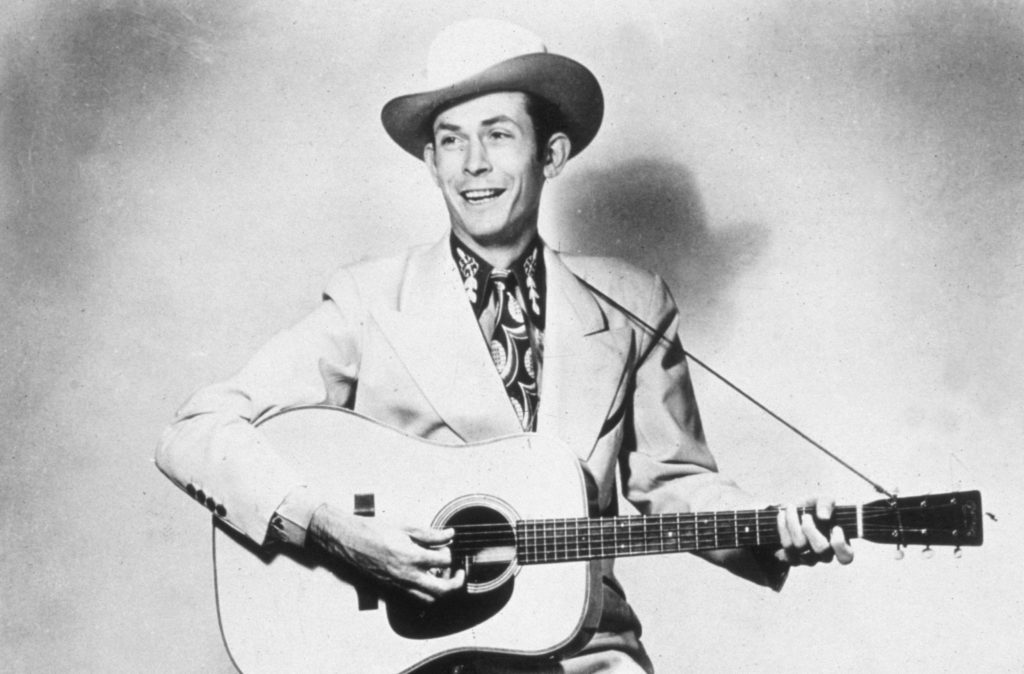
As I drove through Hilltop and Oak Hill, where police pulled over Charles Carr on the way to the hospital and pronounced Hank Williams dead in the parking lot of the now-razed Pure Oil service station. I found the Skyline Drive-In on the east side of the road. The place had been recently re-opened as a BBQ restaurant, but the original Skyline Diner sign remained above the door. Years before, someone had wedged the words “Hank’s Final Stop” on it, and it had faded into near-oblivion. Despite being in a rush, I felt I had to stop in. I was greeted by an enthusiastic young boy, who seated me, gave me a menu, and took my drink order. I proceeded to eat an amazing barbecue lunch and think about Hank Williams as I talked with the wonderfully-courteous home-schooled boy and his mother. We talked about Hank Williams. About how they try to buy as much of their food locally as possible. I ate a delicious meal as the son played Neon Trees on his laptop.
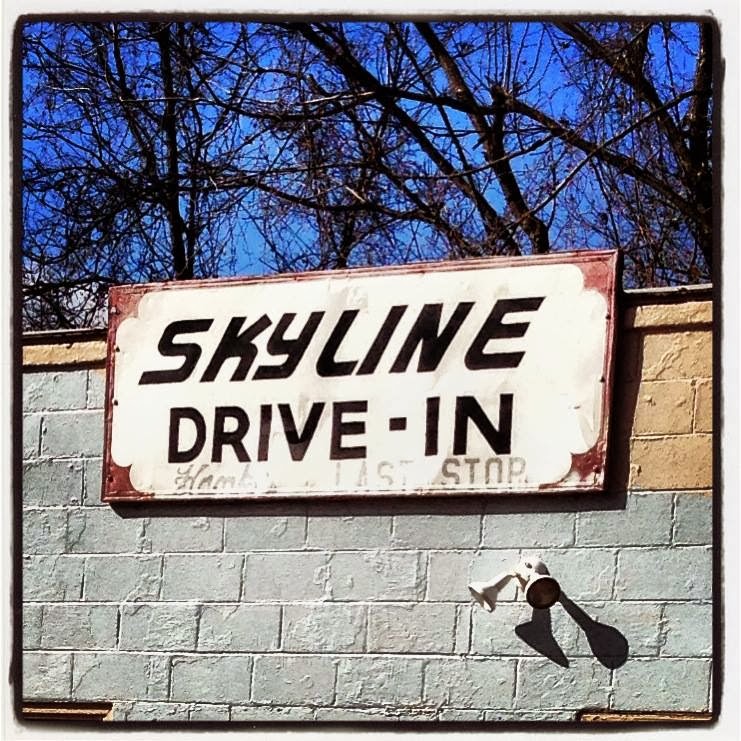
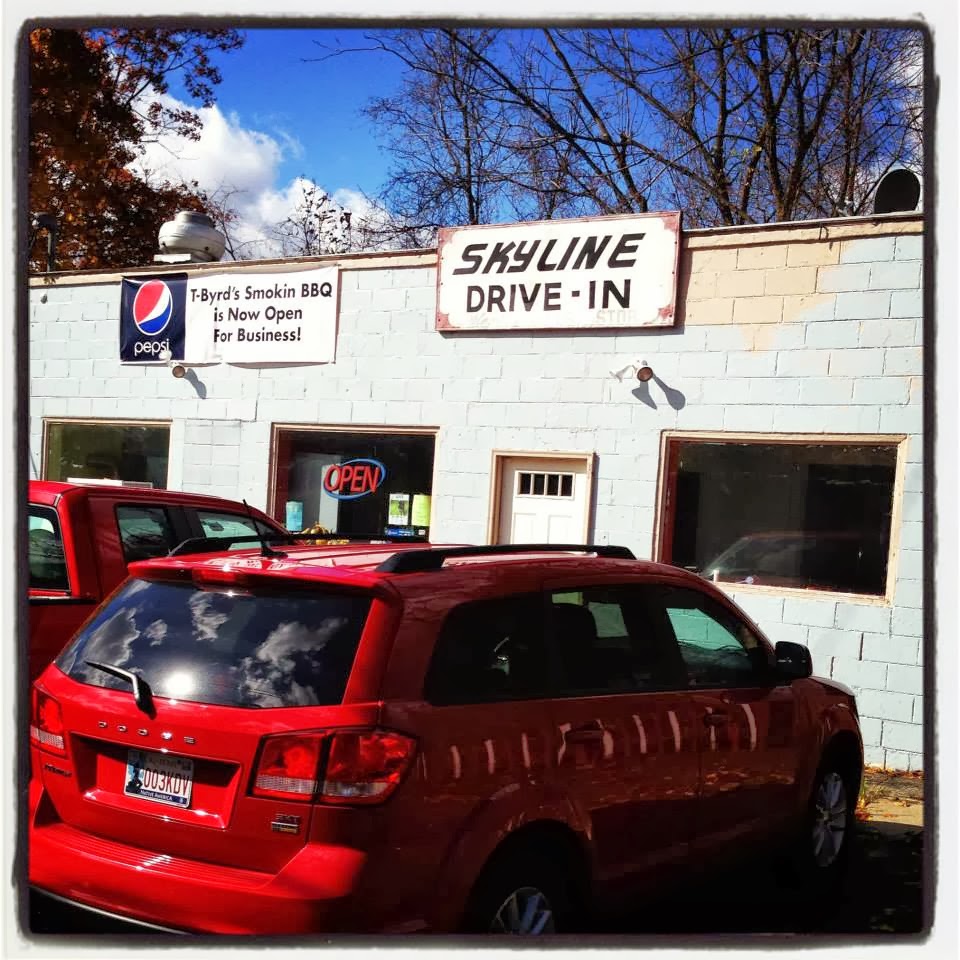
There’s a solemnity in death that spooks many people. Left alone with only our thoughts, we focus on the loss caused by death. We fill the vacuum of silence with longing and awkwardness. But it doesn’t have to be that way. We can fill those moments with awareness, with positive memories. It’s an opening experience, opening us to the abundance of influence in the world. It overcomes the sadness and the longing with memories of just how alive the deceased are, as they remain a part of us. And sometimes, in that search, we meet others and make new connections. It may seem strange to find connections and life in the places where death abounds, but I assure you, it is possible.
(For further proof, maybe someday I’ll write about my trip to James Dean’s grave.)



